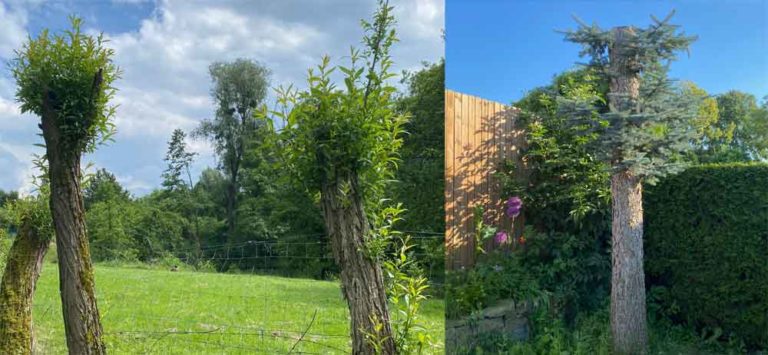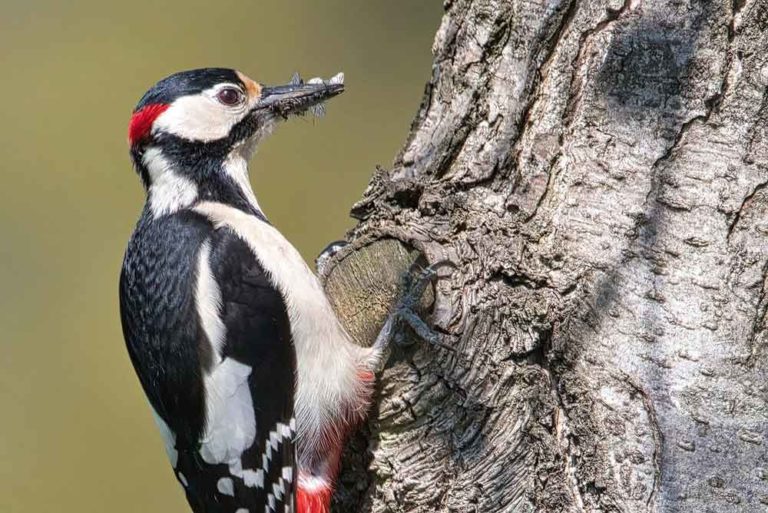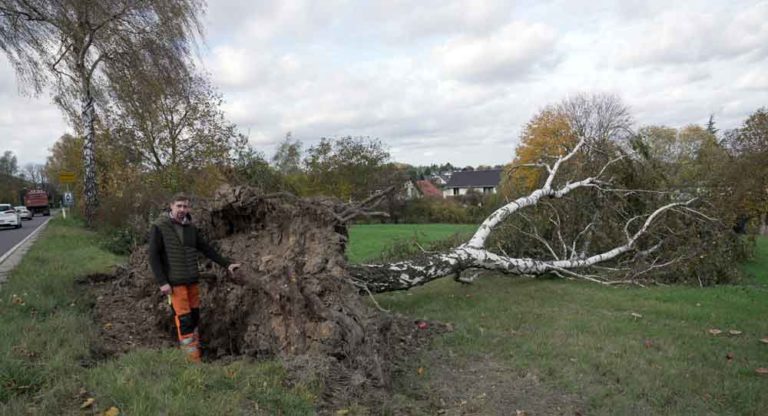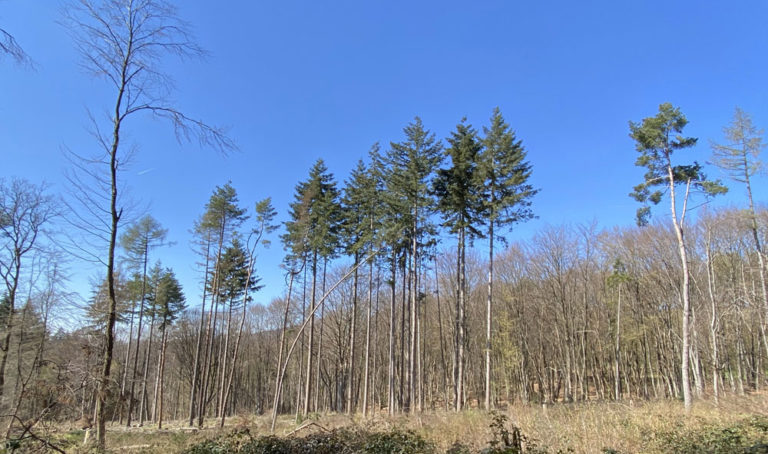
How to prepare your trees and shrubs to survive the heat
![]()
Von

There should be a lot of green in nature at this time of year. But instead of healthy forest, we see more and more often desolate landscapes and a barren steppe. Many tree and garden owners therefore ask my sons and me with great concern how they can best protect their trees from the effects of climate change.
Do trees or shrubs in your garden also show brown discoloration? Are the branches in your crown bearing less foliage than in previous years? These are all signs that your tree may already be damaged. Even worse, such a tree can become a major hazard if, for example, massive branches break and fall from the crown to the ground.

The prolonged periods of heat in recent summers have severely damaged many trees. Often, soil compaction, construction or road work further contribute to the death of the roots. The root hairs die back and can no longer provide the tree with a sufficient supply of nutrients. The tree tries to survive by forming a second crown.

By growing young branches and leaves far below the dying crown, the tree tries to maintain vital photosynthesis.
In this situation, applying a commercial fertilizer would be far too great a burden on the pre-damaged tree or shrub. Such a fertilizer causes a growth spurt and would make the situation even worse.
Instead, our experts tailor the treatment precisely to the situation on site and the condition of the soil. Moderate pruning relieves both the tree’s statics and the nutrient supply through the root system. In addition, the roots can revitalize and form new root hairs within the reduced crown volume.
Shrubs do require smaller amounts of water. However, the uptake of suitable nutrients is crucial for these plants as well. Prepared by special drilling, our experts create long-term depots near the root system. These cavities are then filled with a biological granulate of organic minerals.

The minerals are decomposed in the soil by microbes and distributed by rainwater. This way, the roots can be supplied with natural nutrients in the long term and in optimal concentrations. We avoid stressful growth spurts and give trees, shrubs and hedges the chance to recover sustainably.










Leave a Reply